A Brief History of St. Charles Center
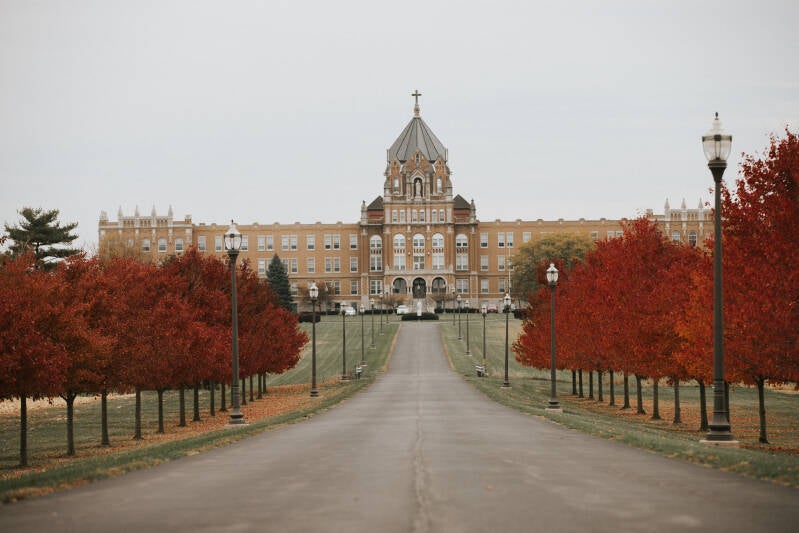
August 15, 1815
Not long after Napoleon’s troops were defeated and the Papal States were restored in what is now central Italy, Fr. Gaspar del Bufalo and several fellow priests from the diocese of Rome headed to an old, abandoned monastery, the Abbey of San Felice in Giano d’Umbrio. They arrived on August 15, 1815, and thus established the Congregation of the Missionaries of the Most Precious Blood. The congregation was established in order to renew the Church that had been so decimated during the Napoleonic occupation through the preaching of the Word of God, especially by peaching parish missions and retreats for the clergy.


December 31, 1843
Fr. Francis de Sales Brunner, the first non-Italian member of the congregation, arrived in Cincinnati, along with seven other priests and seven students preparing for priesthood. Bishop John Purcell had invited Fr. Brunner to come to his diocese to minister to the many German speaking immigrants who were living through Ohio. Over the next decade or so, Fr. Brunner had established eight convents and mission stations. During those years priests, brothers and sisters were arriving from Europe to help with this mission. Among these were community houses in Minister (1845), Grünewald (near Casella 1850), Himmelgarten (between St. Henry and St. Joseph 1852) and Egypt (1856).
March 14, 1861
A number of freed slaves migrated from Cincinnati to Carthagena where a school – the Emlen Institute – was established in 1835 to educate and help these freed slaves learn a trade and become self-sufficient freedmen. After the school had closed, that property was purchased by Fr. Dwenger, along with about 200 acres on March 14, 1861. By June, two priests and fifteen seminarians moved into the building and the new seminary was dedicated to St. Charles Borromeo.
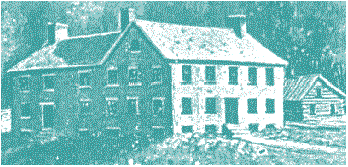

August 8, 1906
By 1904, it was clear that the original buildings from the Emlen Institute and the additions made to it over the years were simply not big enough for the community and its needs. So a new building was constructed, the Chapel of the Assumption, as well as the kitchen and dining rooms. The chapel was first used on August 8, 1906.
April 12, 1919
The congregation needed more room in order to train the larger number of men coming to community to study for the priesthood, so on April 12, 1919, construction began on the new seminary building, what is now the main building at St. Charles Center. Classrooms, a library and rooms for the students, priests, brothers and sisters who lived and worked at St. Charles were all part of this new building.
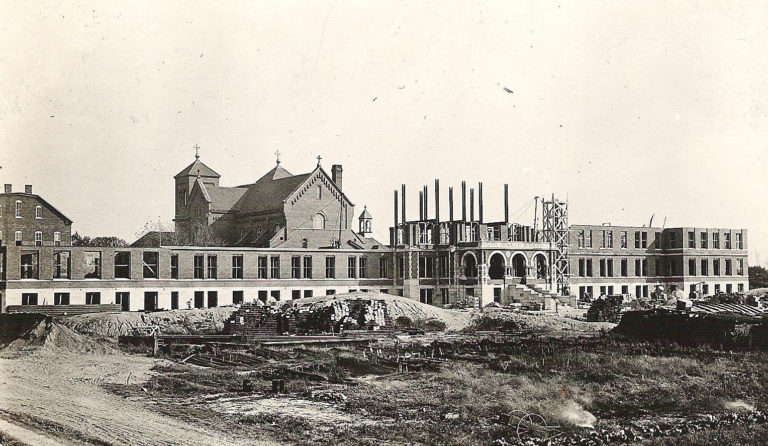
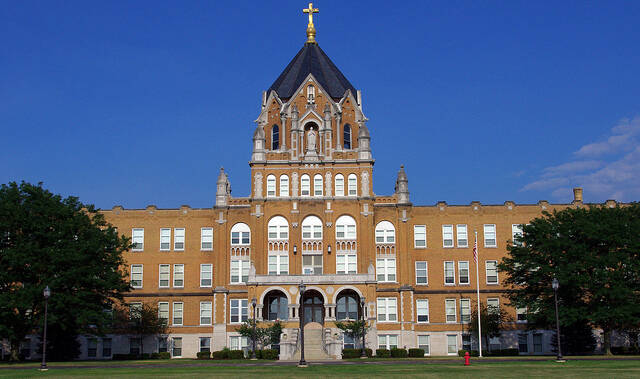
July 29, 1922
The community at St. Charles began moving into the new building on July 29, 1922, and the building was formally dedicated on August 13 that same year.
July 26, 1956
As the number of students continued to grow, it became necessary to expand St. Charles once again. Construction was begun on July 26, 1956, on a new building that would include dining rooms, a large kitchen, an auditorium, and residents for brothers and a wing off the kitchen for the sisters.
Soon after that the new infirmary was constructed for the sick and elderly members of the congregation. Then in 1960 the renovations of the chapel began. Most of what you see today in the chapel was part of that renovation. The chapel was completely repainted, and the beautiful mosaic installed. The new organ, the stained-glass windows, the marble and terrazzo floors and the pews were all part of that renovation of the chapel.
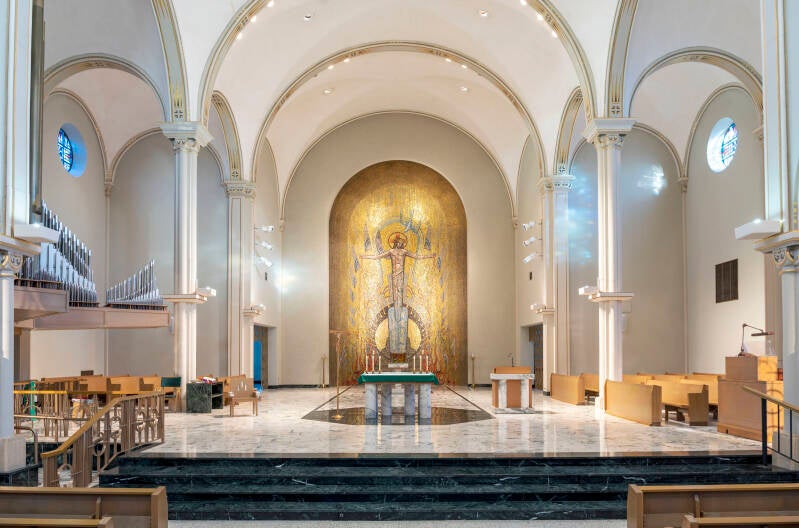
April 21-22, 1969
During the provincial assembly of 1969, the congregation voted to cease operations of the seminary at St. Charles. The seminary closed at the end of that school year. Candidates for the priesthood would henceforth study at other seminaries in the United States. Eventually candidates in formation for the Missionaries of the Precious Blood would all study at Catholic Theological Union in Chicago.
The building continued to be used as a residence for retired members of the community, for those working on the farm, in the building or at the Messenger Press which the community continued to operate until it was sold to a private corporation which leases the building and continues to operate it. The community’s members and some diocesan priests reside in the infirmary, where there are always nurses and aides available to help those who are in need of nursing care on a regular basis.
The buildings were also used for community gatherings, such as provincial assemblies and retreats, as well as celebrations such as the incorporation of new members, ordinations, and funerals. Seminarians sometimes spend a few weeks or even a couple of months at St. Charles as part of their formation.
2008-2010
A major renovation of the entire main building, chapel, dining rooms, auditorium, and convent took place over several years. The main building was transformed into a senior living community with 54 apartments for both members of the Precious Blood community and seniors who chose to rent apartments there.
Since the Sisters of the Precious Blood no longer worked at St. Charles Center, the former convent became Brunner Hall, which serves as a guest house for members of the Missionaries of the Precious Blood and for guests of the residents of St. Charles Center.
The chapel was made more handicapped accessible for those who could not previously get up the steps to the sanctuary or the altar platform. The sound in chapel was improved, and a new altar, ambo (pulpit) and presidential chair were constructed using marble from the old altar.
The auditorium floor was leveled in order to make it available for a variety of activities. The dining rooms were updated, and the former convent was redesigned as a guest house for the many visitors who come to St. Charles Center.